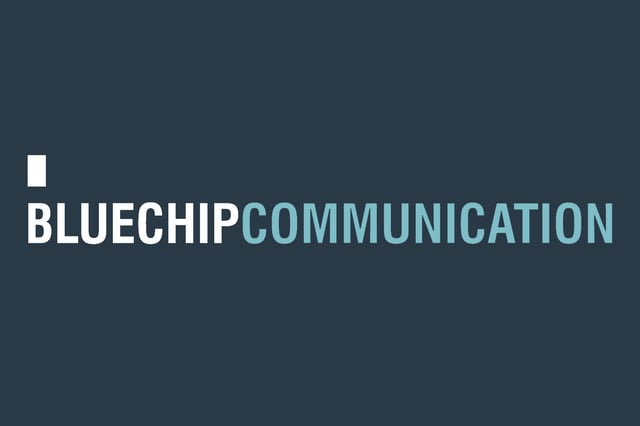
Four years ago social media was still a mostly untapped resource. In 2008, Twitter had only 3 million users while today it boasts more than 500 million. It’s no wonder then, that London 2012 has been dubbed the first ‘Social Olympics’. Though not fully unexpected, few understood the central role social media would play in the Olympics. Over the 17 days of the Games, there were more than 306 billion pieces of content shared across the web.
Social media has changed the Olympics for everyone involved, from athletes to sponsors to spectators. Here’s what London 2012 taught us about social media:
#NBCfail NBC faced a slew of backlash in the Twitter-sphere for spoiling the results of several events before they aired and tape-delaying what the rest of the world watched live. Where the network failed, social media stepped up. Viewers turned to social media for live Olympic updates of the events – in the time it took Usain Bolt to run 100 metres (9.63 seconds), over 2 million related posts were shared online.
Lesson: Unlike NBC, on social media, events are broadcast live 24/7. Diligent monitoring of social media channels will help you keep up with the pace of information sharing.
#findgreatness Athletes were not the only competitors this year. The Social Olympics saw brands competing for attention across all social channels. Nike took home the gold in 2012 with its #find greatness campaign. Nike increased its Twitter following by 11% and added twice as many Facebook fans as competitor Adidas over the course of the Games. Nike used “highly original, heartstrings-pulling” TV spots supported by the Twitter hashtag #findgreatness to keep the conversation going.
Lesson: Integrating social media into your marketing strategy can significantly amplify your message to a much larger audience.
#rule40 Unlike Nike, the International Olympic Committee (IOC) did an abysmal job managing the brand’s social media presence. Athletes and live spectators are the Olympics’ most powerful brand ambassadors with the power to reach millions of fans through social media. By restricting athletes’ content and asking spectators to limit their tweets to “urgent updates”, the IOC demonstrated a total lack of understanding of how social media works … and turned down powerful (free!) publicity.
Lesson: A workable social media strategy requires a deeper understanding of social media than just applying rigid ‘old school’ media and sponsorship conventions.
Check out this social Olympics infographic for a breakdown of the stats.
For more on the IOC’s social media fail, check out this link now on BlueChip blogspace.











